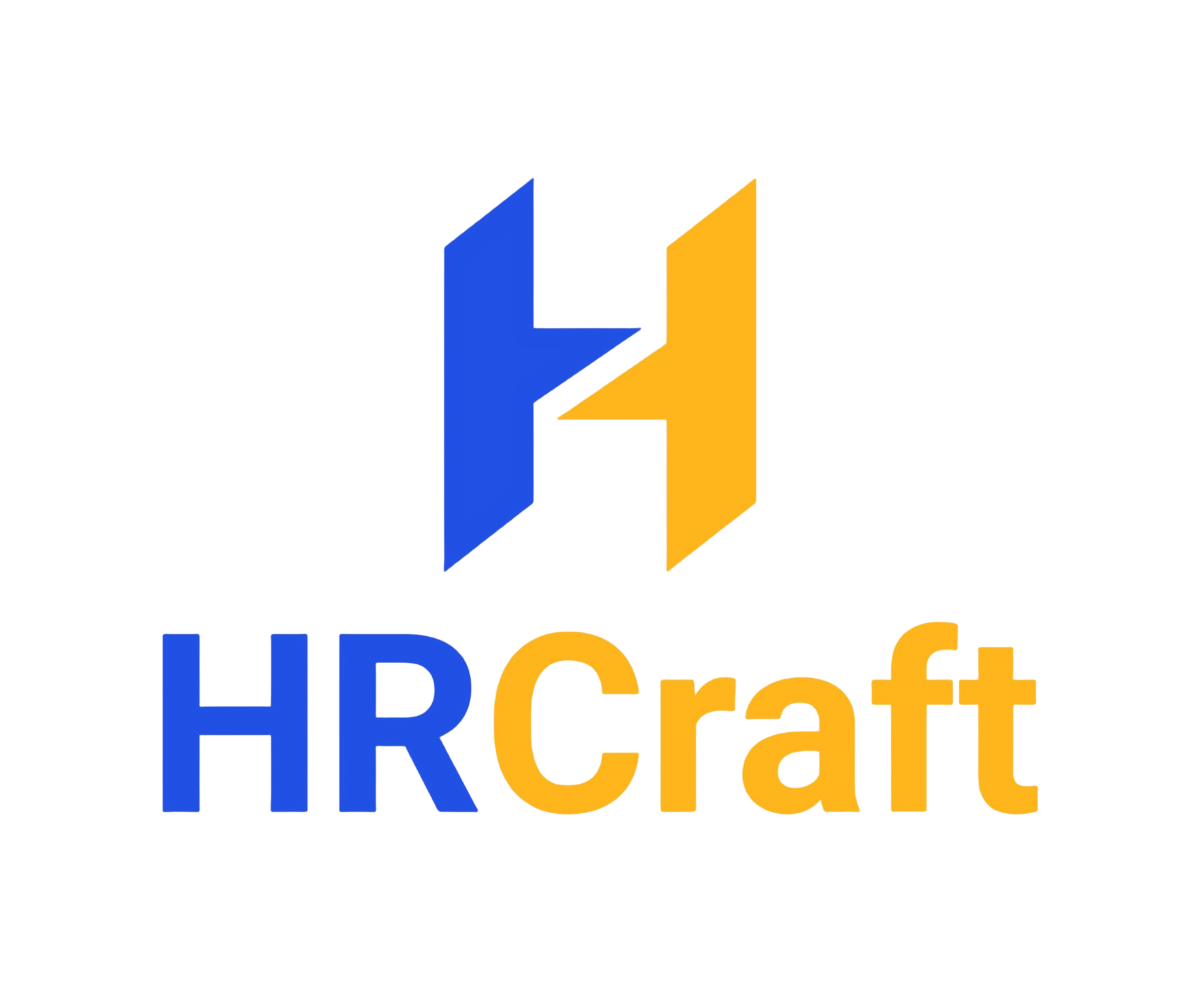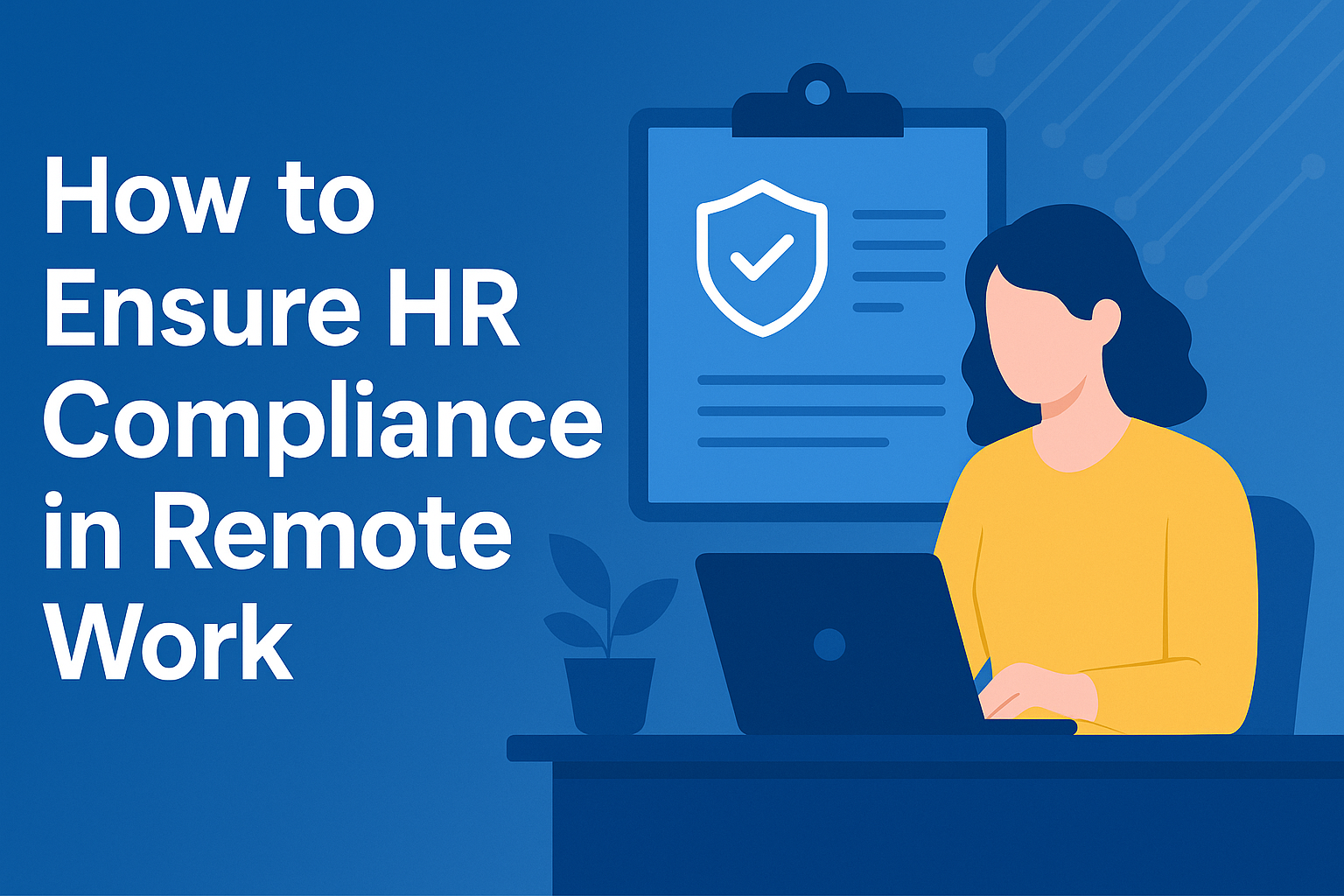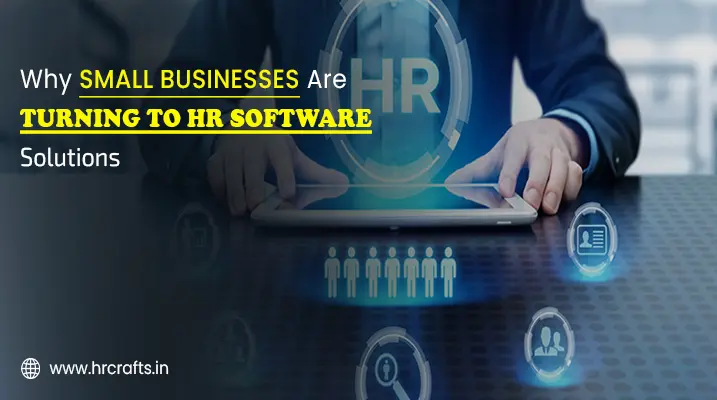Remote work has transitioned from a temporary solution into a long-term
reality. As organizations adapt to this shift,
they must also navigate the increasingly complex landscape of HR compliance.
Traditional HR practices, once managed
within the four walls of an office, now need to extend seamlessly into
employees' homes, co-working spaces, and even
across state or national borders.
With evolving labor laws, varying regional regulations, and a distributed
workforce, ensuring HR compliance in remote
work settings is more important than ever. Fortunately, Human Resource
Management Systems (HRMS) are designed to
simplify this challenge. They provide the tools and features necessary to
automate compliance-related processes,
maintain documentation, and keep policies transparent.
- What HR compliance in remote work entails
- Common compliance challenges with remote teams
- How HRMS helps ensure legal alignment
- Key features your HRMS should include
- Best practices for long-term compliance
What Does HR Compliance in Remote Work Mean?
At its core, HR compliance refers to the practices that ensure a company
operates in alignment with applicable labor
laws, industry standards, and internal policies. In a remote work
environment, the basics of compliance stay the
same—but implementation becomes more complex.
Remote HR compliance includes:
- Accurately tracking work hours and attendance
- Ensuring fair compensation and timely payroll processing
- Following region-specific labor laws and tax requirements
- Maintaining up-to-date employment contracts and documents
- Protecting employee data and privacy
- Sharing and enforcing company policies
Each of these becomes more difficult when employees are scattered across
locations and working independently.
Key Challenges in Remote Workforce Compliance
While remote work offers flexibility and productivity benefits, it also opens
the door to compliance risks. Here are
some of the most common challenges companies face:
Inaccurate Time Tracking
Remote employees often have flexible schedules, making it hard to track their
working hours. This affects wage
compliance, overtime, and attendance management.
Policy Awareness & Enforcement
In physical offices, policy changes can be communicated in-person or during
team meetings. In remote settings,
ensuring that all employees read, understand, and acknowledge policy updates
is harder.
Varying Labor Laws by Location
An employee in Mumbai may be governed by different tax regulations and labor
laws than an employee in Bangalore—or
another country altogether. Managing these differences manually is
time-consuming and error-prone.
Payroll & Benefits Compliance
Without automation, aligning payroll with tax codes, provident fund
contributions, ESI, bonuses, and region-specific
holidays can lead to major compliance issues.
Security & Data Privacy Risks
HR records include sensitive employee data. In remote setups, there's a
higher risk of breaches if the right data
protection protocols aren't followed.
How HRMS Helps Ensure HR Compliance in Remote Work
An advanced HRMS system centralizes all compliance-related activities,
automates routine tasks, and ensures legal
requirements are met without relying on manual intervention. Here's how:
1. Centralized Attendance & Work Hour Tracking
Remote workers can log their work hours using web or mobile portals.
Geotagging, IP tracking, and real-time logs
ensure transparency and support wage law compliance.
2. Real-Time Policy Distribution & Acknowledgment
HR teams can publish new or updated company policies directly through the
HRMS and request employee acknowledgment
through digital signatures.
3. Payroll Automation with Regional Compliance
Automated payroll systems within HRMS can calculate taxes, deductions,
bonuses, and regional holiday pay—ensuring
full compliance with local regulations.
4. Secure Document Management
All employee contracts, offer letters, appraisals, resignation forms, and
compliance documents are stored securely
and can be retrieved instantly.
5. Alerts for Legal Updates
Some HRMS platforms offer compliance modules that update in real-time when
regional labor laws or policies change,
helping HR teams adapt workflows automatically.
6. Data Security & Access Controls
Role-based permissions and encrypted storage ensure only authorized personnel
can access sensitive information,
complying with data privacy laws such as GDPR or India’s DPDP Bill.
Key HRMS Compliance Features to Look For
To effectively support remote workforce compliance, your HRMS should offer:
- Geo-tagged attendance & mobile logins
- Multi-region payroll processing
- Real-time labor law update integration
- Digital policy distribution with e-signatures
- Automated documentation & expiry reminders
- Data encryption and secure access
- Centralized dashboard for compliance tracking
Labour Law Compliance for Remote Employees
Employers are obligated to comply with various statutory requirements
regardless of where their employees are
located. Here’s how to stay aligned:
Update Employment Contracts
Include clauses that define remote work scope, performance expectations,
monitoring tools, and communication
standards.
Regulate Work Hours & Overtime
Use HRMS to monitor logged hours and avoid violations of maximum work hour
laws or unpaid overtime.
Automate Timely Payroll
Ensure salary disbursements include applicable taxes and benefits based on
local laws. Automate payslips and tax
reports.
Promote Safe Remote Work Environments
While the company may not control the home office setup, offering ergonomic
guidelines and health check-ins supports
wellness compliance.
Prioritize Data Privacy
Ensure HRMS platforms comply with data security laws and educate remote
employees about best practices for handling
company data.
Internal Linking Suggestions for HR Craft Website
Boost SEO and user navigation by internally linking to:
- HRMS Features
- Attendance Management
- Payroll Solutions
- Employee Onboarding
Conclusion
Remote work is here to stay, and so is the need for airtight HR compliance.
By implementing a robust HRMS,
organizations can adapt to modern workforce models while ensuring they
remain legally sound, secure, and efficient.
From accurate time tracking and seamless payroll to policy enforcement and
legal updates, HRMS platforms like those
offered by HR Craft help future-proof your HR strategy for a remote-first
world.
By following best practices and investing in the right tools, you not only
ensure compliance—you build trust, boost
productivity, and position your company as a responsible, forward-thinking
employer.













